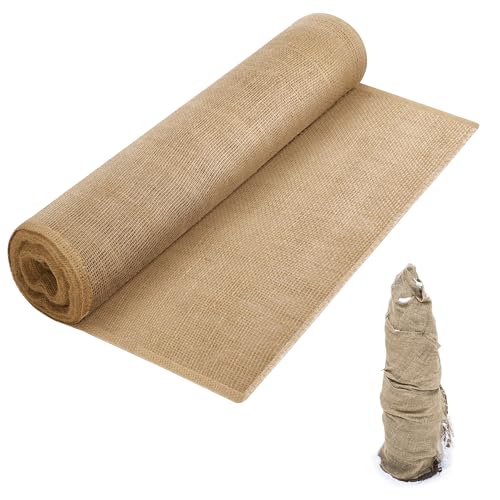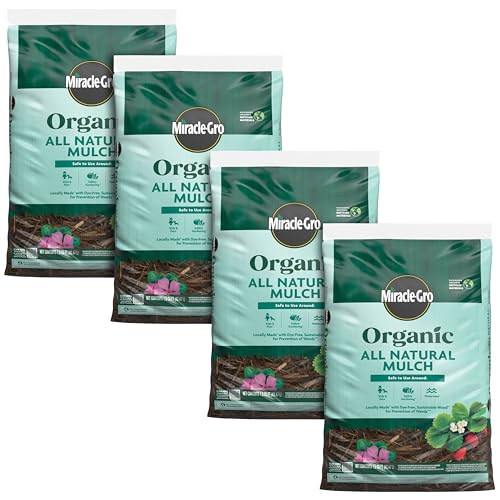How to overwinter a garden – 5 steps for getting your plants through the coldest season
These essential tasks will help get your plants in shape before the first frost arrives
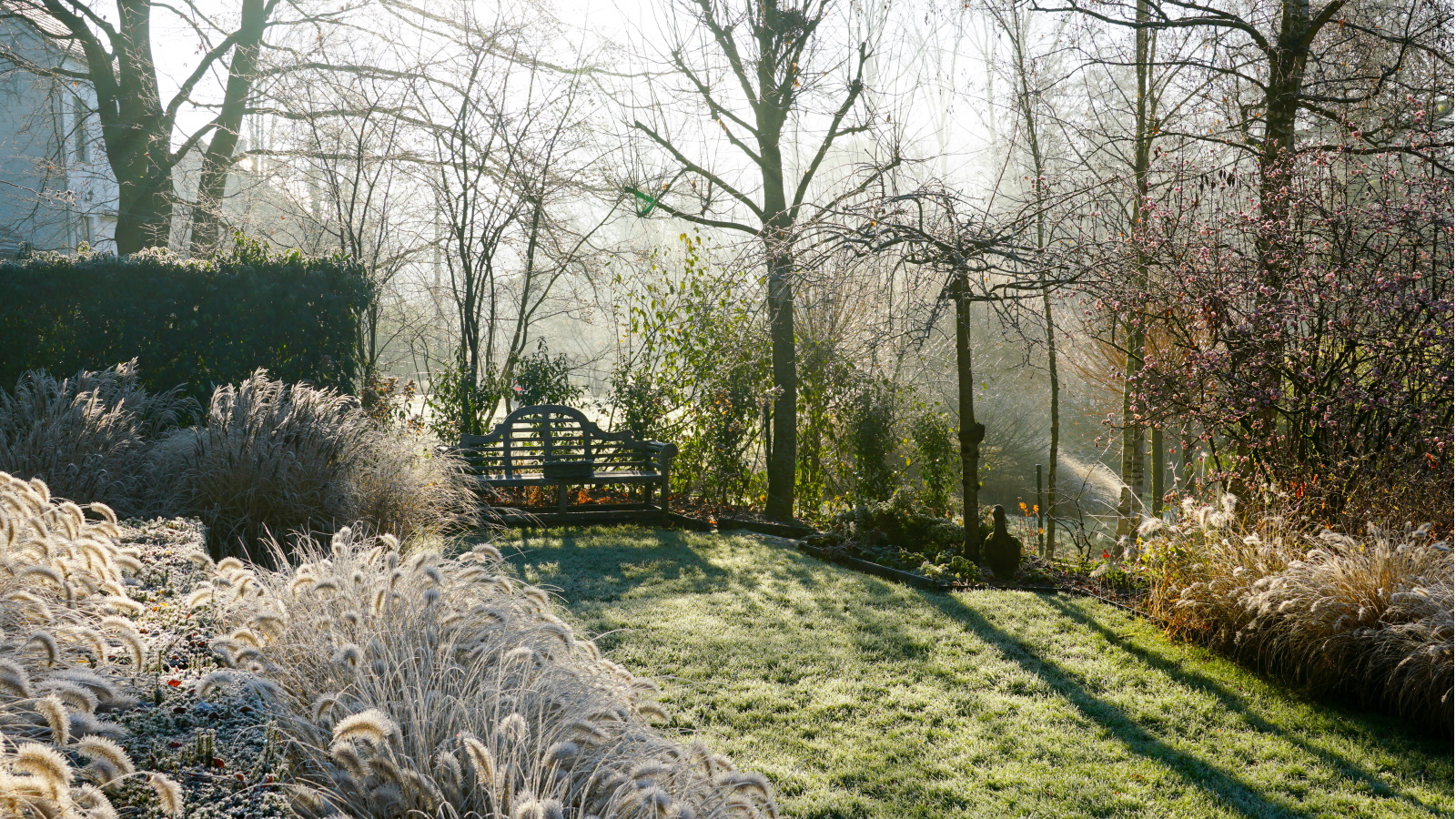

You might have heard of the term 'overwintering' being thrown around when consulting care tasks for different plants. It refers to getting your garden plants ready for winter and for coping with harsher weather conditions. Not taking steps to overwinter different plants can have detrimental consequences for their future health, even killing them off.
There are several important ways to protect your plants from frost and protect vegetables from frost, so you don't lose all your plants during winter. 'Overwintering is the process of protecting plants while outside or bringing them indoors for shelter from frigid temps, snow and ice,' explains Tammy Sons, horticulturist and CEO of TN Nurseries.
Different plants will have different needs for coping with the winter season, but our expert guide to overwintering can help you to get started with preparing your plants for incoming ruthless weather.

5 steps to overwintering your garden
Overwintering will look different for each plant in each US hardiness zone and local climate, but you should typically start thinking about it in fall. Whether you're working with a container garden or a yard full of fruit trees, here are some basic steps to take to overwinter your plants and keep them healthy during the coldest season.
1. Monitor your local weather forecast
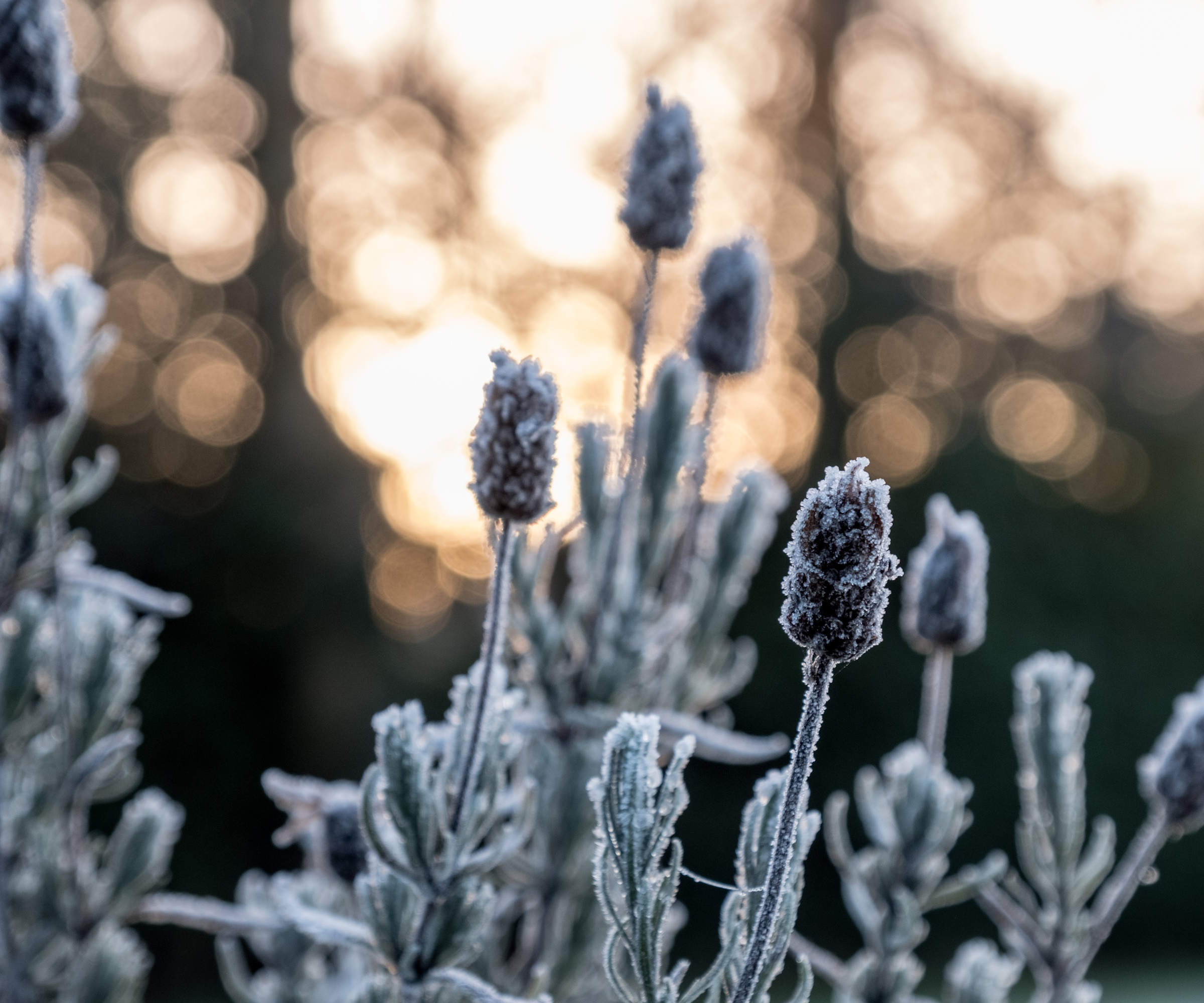
When plants need to be overwintered is determined by when the first frost arrives in your area. This is when they are at risk of being exposed to temperatures they can't withstand and when plant cells can be destroyed.
'Once the night time temperatures begin to drop, it is time to start thinking about overwintering plants and all tender plants want to be moved or protected before the first frosts arrive,' says Drew Swainston, former professional gardener and content editor at Homes & Gardens.
'It's important to keep a close eye on the weather forecasts so you are prepared in advance to overwinter plants and not forced to rush if an unexpected cold snap arrives,' he adds.
While there is no benchmark lowest temperature every plant can cope with, it is generally recommended to not leave them exposed to the elements when night temperatures are around 55°F.
The best thing to do is research the temperatures each of your plants can cope with and act accordingly. For example, there are plenty of frost hardy plants that can cope with much colder temperatures than others.

Tammy Sons is a horticulture plant expert, garden writer, and educator. Tammy is the CEO and founder of TN Nursery, a thriving online plant nursery based in Altamont, Tennessee. She is also a prolific writer, sharing her knowledge through articles on various gardening topics, including plant care, sustainable landscaping, and the latest trends in horticulture.

Drew qualified as a journalist and wrote for many websites and publications, before studying for a horticulture qualification. He worked as a professional gardener for several years, specializing in kitchen gardening. He's now bringing his expertise and passion to Homes & Gardens as a member of our team.
2. Inspect plants before bringing them indoors

Potted plants an be brought indoors for overwintering, but you should first inspect them for any pests.
'Before bringing a plant indoors for the winter, inspect it carefully for insects and other pests. Be sure to check the undersides of leaves,' explains Kathi Rodgers, CEO of Oak Hill Homestead.
This is an especially important thing to do if you have indoor plants or are bringing multiple plants indoors to stop pests spreading. 'A strong blast of water from the hose can knock off many unwelcome pests,' advises Kathi. If you have a larger pest problem, you might seek other methods - like getting rid of aphids or getting rid of spider mites.
This is also a good time to get your plants in good shape ahead of winter, pruning away any dead and damaged stems or branches. These Fiskars bypass pruners from Amazon can help you get the job done, but take care not to make common pruning mistakes that could hinder your plants' health or send them into shock.
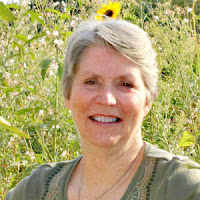
Kathi Rodgers is the CEO and writer at Oak Hill Homestead and the voice behind HOMEGROWN: Your Backyard Garden Podcast. Founded in 2006, Oak Hill Homestead is where Kathi teaches new gardeners, goat owners and folks interested in living a more self-reliant life how to dig in and grow their dreams.
3. Move potted plants somewhere sheltered and warm

Once it's time to overwinter your plants and you've checked they're in prime condition for winter, it's time to move your potted plants indoors.
'Tender herbs and plants can be transplanted into containers and overwintered in the house, greenhouse or in an unheated garage,' says Kathi. Although, it's best not to waste time winterizing herbs that don't need it.
Not only is it key to identify which plants to bring indoors, but getting the location right is important to ensure they are kept warm enough and out of cold winds.
'The best location to overwinter plants indoors is a frost-free and protected spot. This can include an unheated greenhouse, porch or conservatory,' says Drew. 'In milder climates, moving plants close to walls or fences can be enough to protect them from the worst of the winter elements,' he notes.
Overwintering plants in a greenhouse is a great way to use a greenhouse in winter. You can even try making a DIY greenhouse if you don't have the space for a full-sized one. While it may be tempting to heat your greenhouse during winter, it's best not to when overwintering plants in it, as it could cause them to wilt in temperatures too high for them.
'Any plants being moved indoors will benefit from a period of acclimatization to their new surroundings. As the light levels may be reduced indoors, a week or two in a shadier spot ahead to being moved will avoid stressing them,' Drew advises.
4. Mulch plants to stop roots freezing
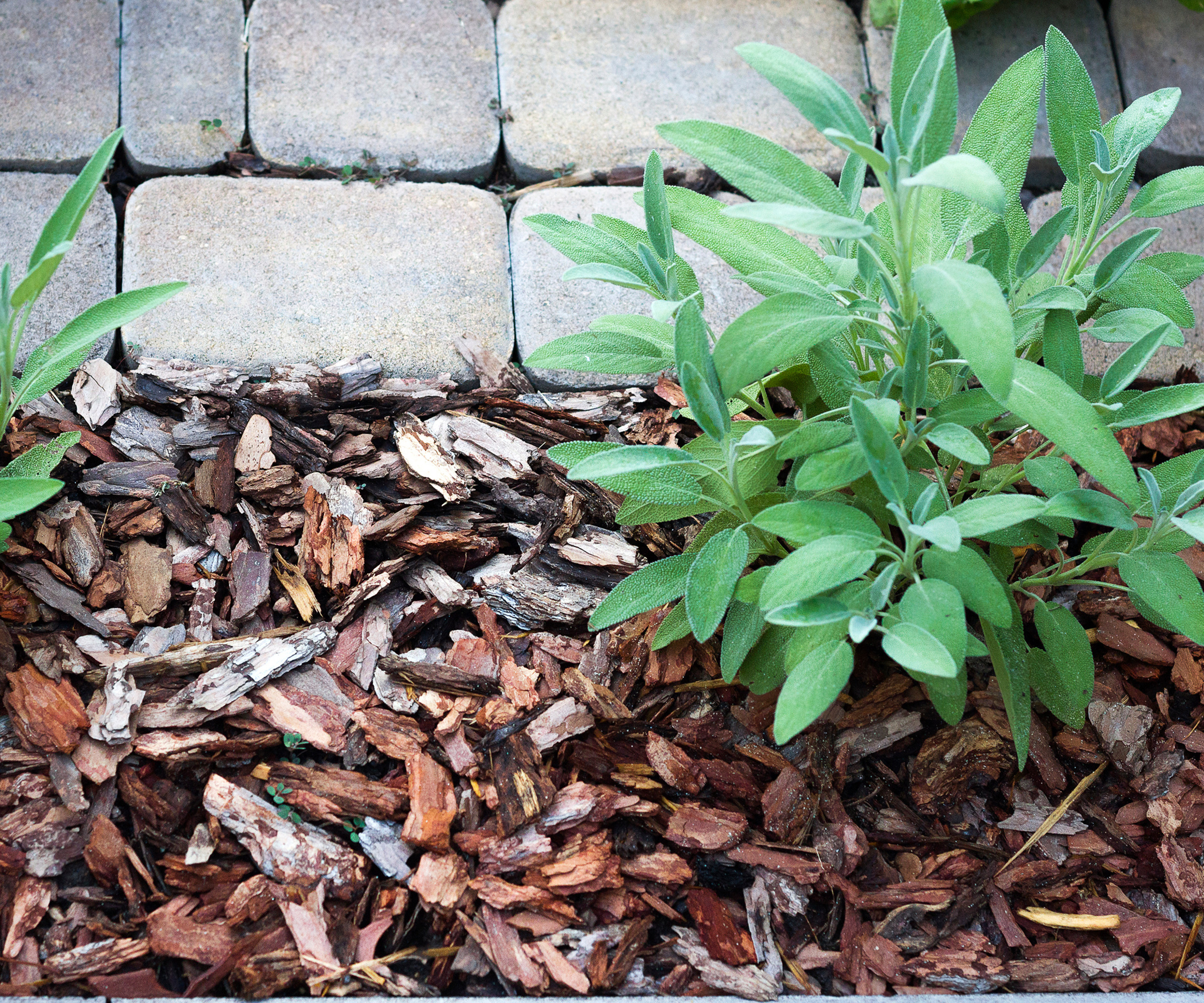
For plants that aren't potted or can't be easily transplanted indoors to overwinter, you need to take other precautions to stop them freezing.
'Cover the soil around the base of perennials with several inches of mulch to help protect the roots from freezing temperatures,' says Kathi.
Mulching is easy to do and there are lots of types of mulch you can use - from store-bought mulch to wood chips and compost. You can even use fallen leaves to make a leaf mold. Building a layer of mulch around the base of your plants will provide insulation for the roots, so they don't die off during winter.
This also a good opportunity to feed your soil before winter so it is rich in nutrients and fertile in spring. 'Cover the garden with a layer of compost to add nutrients and increase the amount of organic matter in the soil,' says Kathi. This will stop soil freezing in winter, as a bonus.
5. Cover plants to prevent frost damage

As well as mulching to prevent roots freezing, you also need to protect the foliage of tender plants from frost damage. Some solutions include using a frost cloth to cover plants, or even using bed sheets to protect plants from frost.
This is a good idea for overwintering vegetables and fruit trees, as well as any plants that aren't hardy in frosty conditions. You can also transplant smaller plants and seedlings into a cold frame to keep the frost out.
For potted plants that aren't moved indoors, it's wise to both cover them and wrap their pots with burlap or cloth for extra insulation.

These 2.6ft x 4ft horticultural fleeces are perfect for protecting small trees and shrubs from frost
FAQs
What does winterizing mean?
Overwintering and winterizing both refer to getting your plants and yard ready for the incoming winter season. Overwintering refers to protecting plants from harsh frosts so that they survive in colder temperatures, such as bringing them indoors. Winterizing is more typically used to describe the process of getting your yard ready for winter - this might mean wrapping and covering plants that can't be moved, or winterizing a sprinkler system by blowing it out and ensuring there isn't any water left in them that might freeze.
Should you remove weeds before winter?
It's best to get rid of weeds before winter to ensure they don't reappear when the weather gets warmer again. 'This will stop weeds dropping seeds and taking over in early spring before your garden is well-established,' notes Kathi Rodgers, CEO of Oak Hill Homestead. Whether you pull up weeds or use baking soda to kill weeds, you should add this task to your gardening to-do list before frost arrives.
Should I water my plants before frost?
It's recommended to water your plants thoroughly before frost to ensure they have enough nutrients to get through the harsher weather conditions. However, you should take care not to overwater your plants before frost as this could cause frost damage and affect the health of roots. Water your plants the day before frost early in the morning to ensure they have sufficient moisture levels, but avoid getting the foliage wet because it could cause frost damage.
Alongside covering and moving your garden plants for winter, it's also wise to adjust your care for them. 'You should never fertilize plants in the cold season,' notes Tammy Sons.
Feeding your plants when they aren't actively growing is a fertilizing mistake that can lead to both root rot and root burn. You should likewise reduce watering to prevent oversaturation. Adding these things to your winter gardening checklist will ensure you don't miss any essential tasks for the season.
Sign up to the Homes & Gardens newsletter
Design expertise in your inbox – from inspiring decorating ideas and beautiful celebrity homes to practical gardening advice and shopping round-ups.

Tenielle is a Gardens News Writer at Homes & Gardens. She holds a qualification in MA Magazine Journalism and has over six years of journalistic experience. Before coming to Homes & Gardens, Tenielle was in the editorial department at the Royal Horticultural Society and worked on The Garden magazine. As our in-house houseplant expert, Tenielle writes on a range of solutions to houseplant problems, as well as other 'how to' guides, inspiring garden projects, and the latest gardening news. When she isn't writing, Tenielle can be found propagating her ever-growing collection of indoor plants, helping others overcome common houseplant pests and diseases, volunteering at a local gardening club, and attending gardening workshops, like a composting masterclass.
-
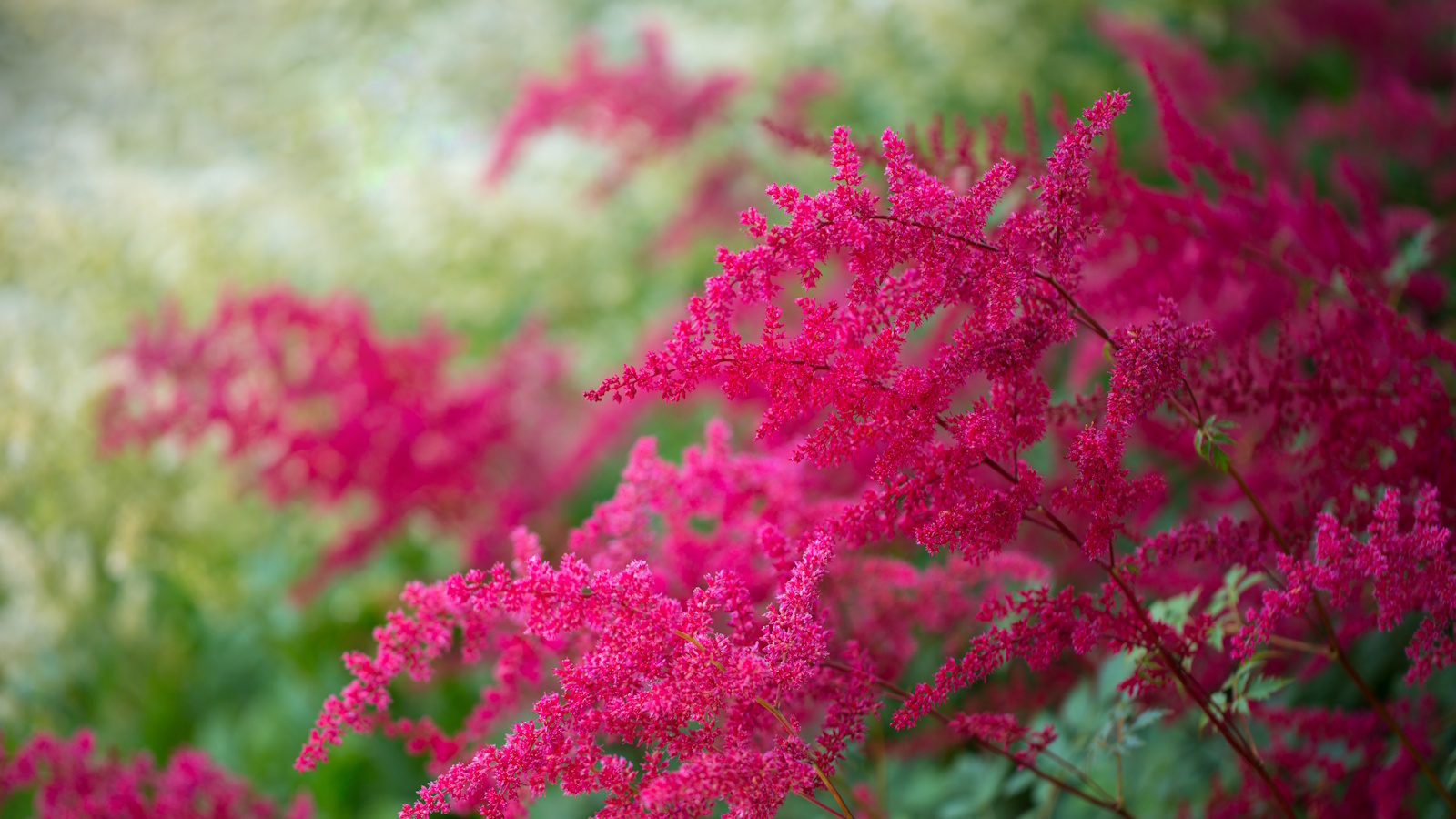 How to grow astilbe – expert advice on cultivating this shade-tolerant flowering perennial
How to grow astilbe – expert advice on cultivating this shade-tolerant flowering perennialShade-tolerant and pest-resistant - astilbe are hardy and tough perennials that can thrive in many settings
By Ellen Wells Published
-
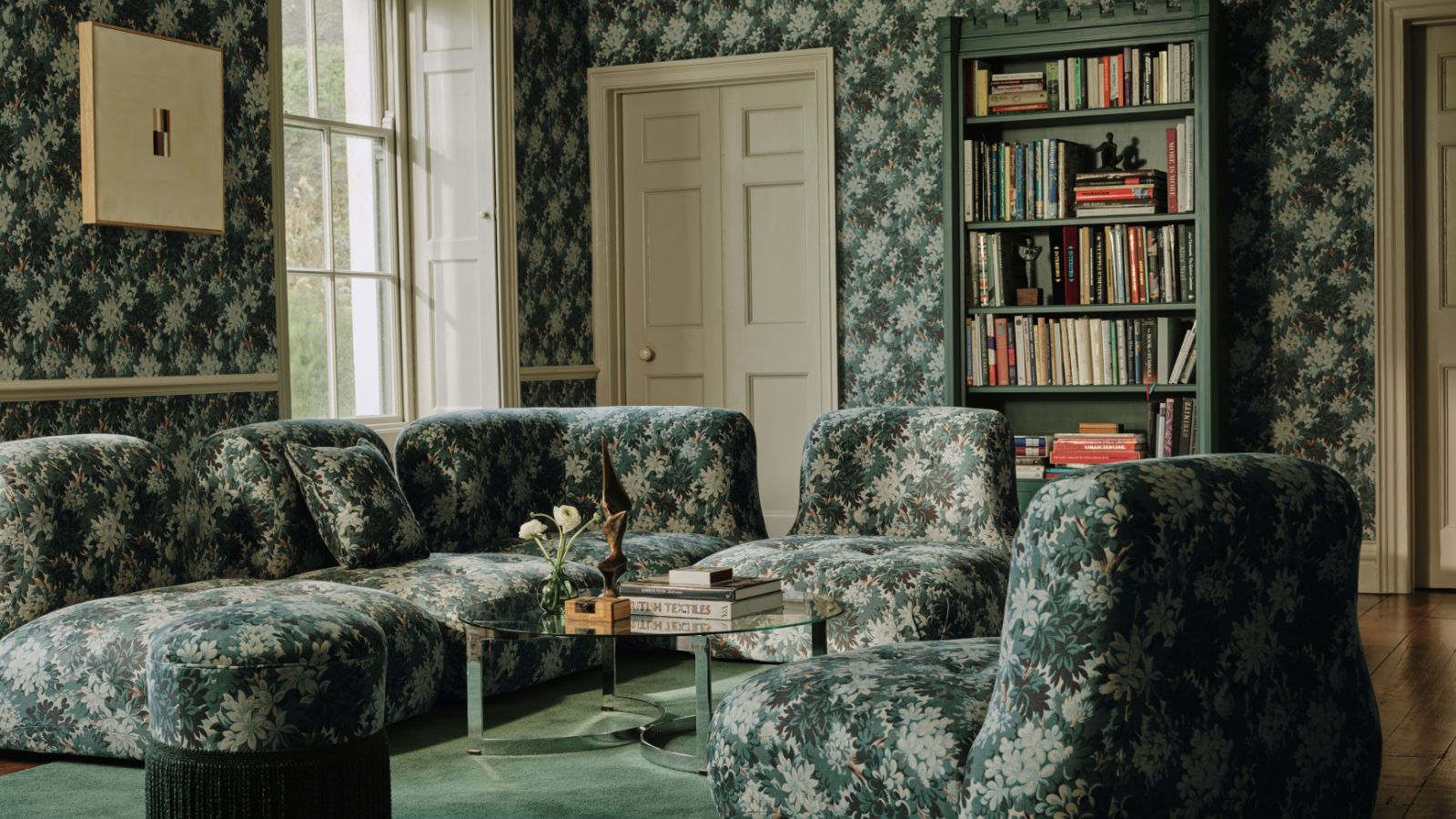 Vintage prints are making a comeback – designers say to look out for these 5 nostalgic patterns this year
Vintage prints are making a comeback – designers say to look out for these 5 nostalgic patterns this yearThese vintage-style patterns are all the rage right now, and we spoke with design experts to learn how best to style them in the home
By Eleanor Richardson Published
-
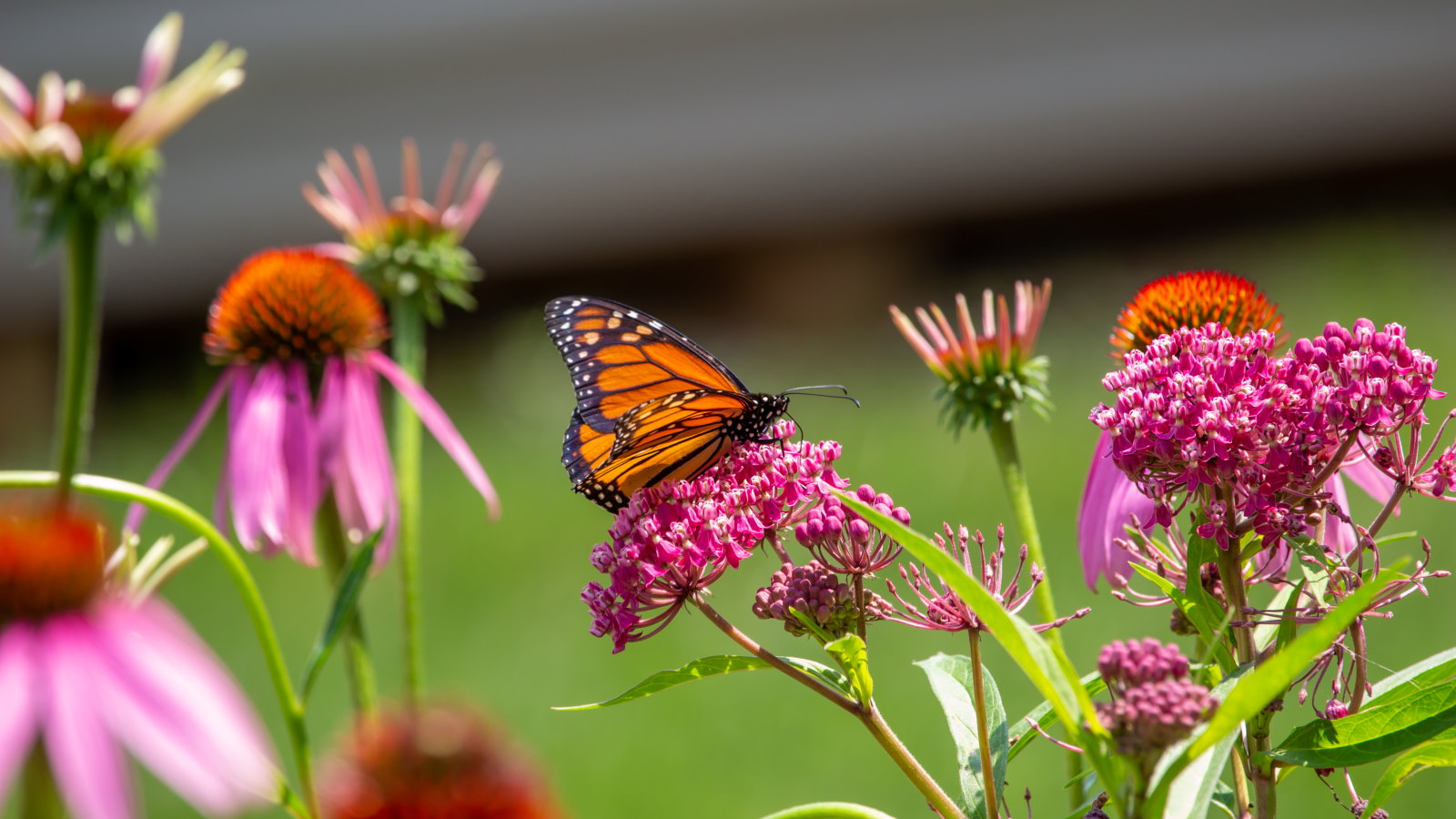 7 native perennials to plant in April – for glorious flowering displays to attract bees, butterflies, and hummingbirds
7 native perennials to plant in April – for glorious flowering displays to attract bees, butterflies, and hummingbirdsDiscover some of the best perennials to plant in April to make your garden a hotspot for wildlife
By Drew Swainston Published
-
 7 shrubs to plant in April to transform beds and borders – including native plants and bushes suitable for dry or wet spots
7 shrubs to plant in April to transform beds and borders – including native plants and bushes suitable for dry or wet spotsThese shrubs can bring flowers, texture, and fragrance, as well as attracting beneficial insects and birds
By Drew Swainston Published
-
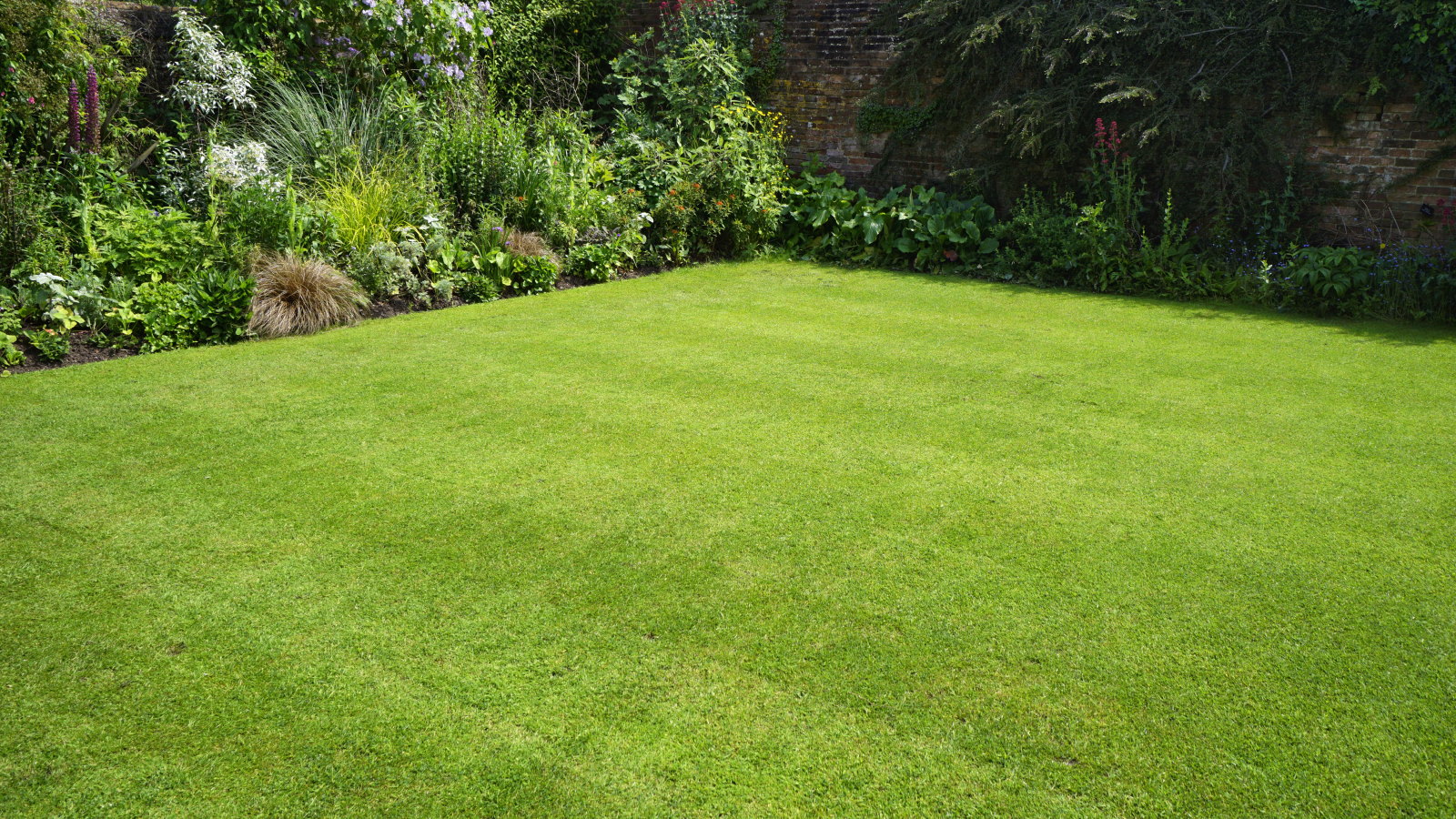 I'm a lawn care expert, and always do these 7 jobs in April to ensure thick, green grass all summer long
I'm a lawn care expert, and always do these 7 jobs in April to ensure thick, green grass all summer longTransform your lawn with these simple yet highly effective April lawn care tasks
By Drew Swainston Published
-
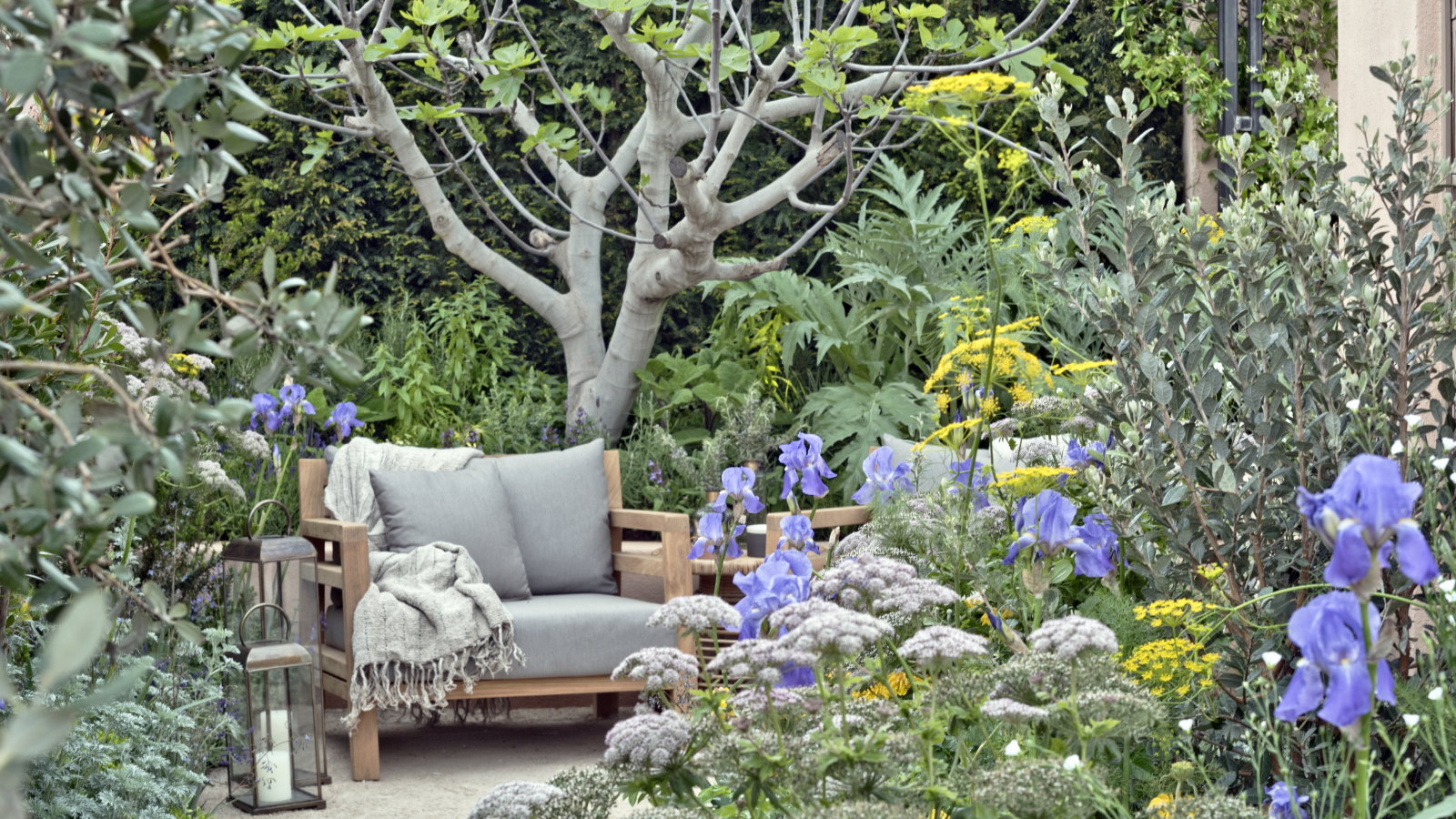 Horticulturists urge you to prune these 7 plants in April – for healthy growth and better-than-ever flowering displays
Horticulturists urge you to prune these 7 plants in April – for healthy growth and better-than-ever flowering displaysDiscover a key selection of plants to cut back this month, with expert pruning advice
By Drew Swainston Published
-
 7 fruits to plant in April for years of tasty homegrown harvests, plus expert planting tips
7 fruits to plant in April for years of tasty homegrown harvests, plus expert planting tipsAn exceptional selection of fruit trees and soft fruit can be planted this month
By Drew Swainston Published
-
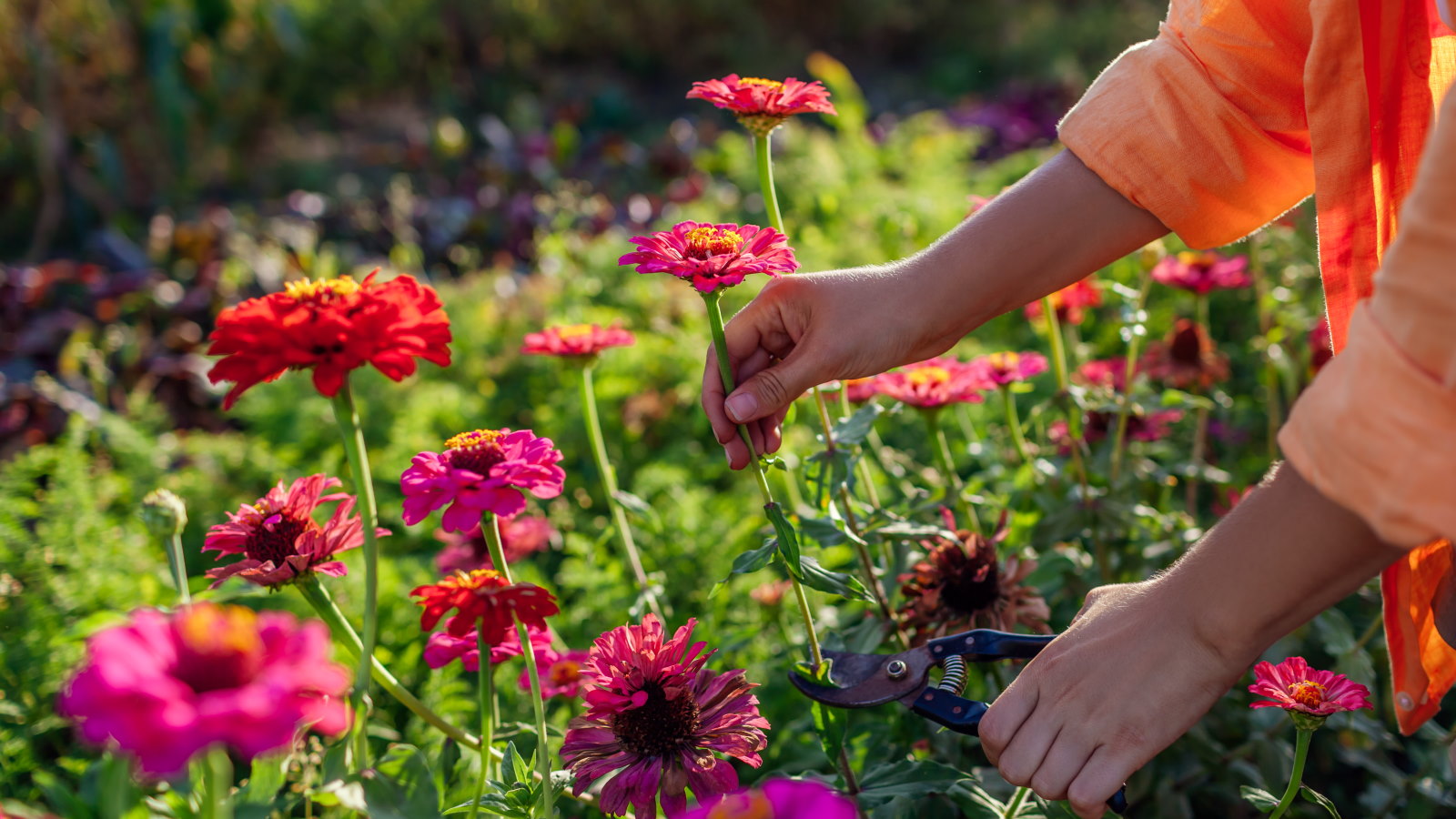 7 dazzling cut flowers to plant in April for bountiful blooms to enjoy in bouquets, vases, and displays this summer
7 dazzling cut flowers to plant in April for bountiful blooms to enjoy in bouquets, vases, and displays this summerDiscover sowing tips from an expert horticulturist
By Drew Swainston Published
-
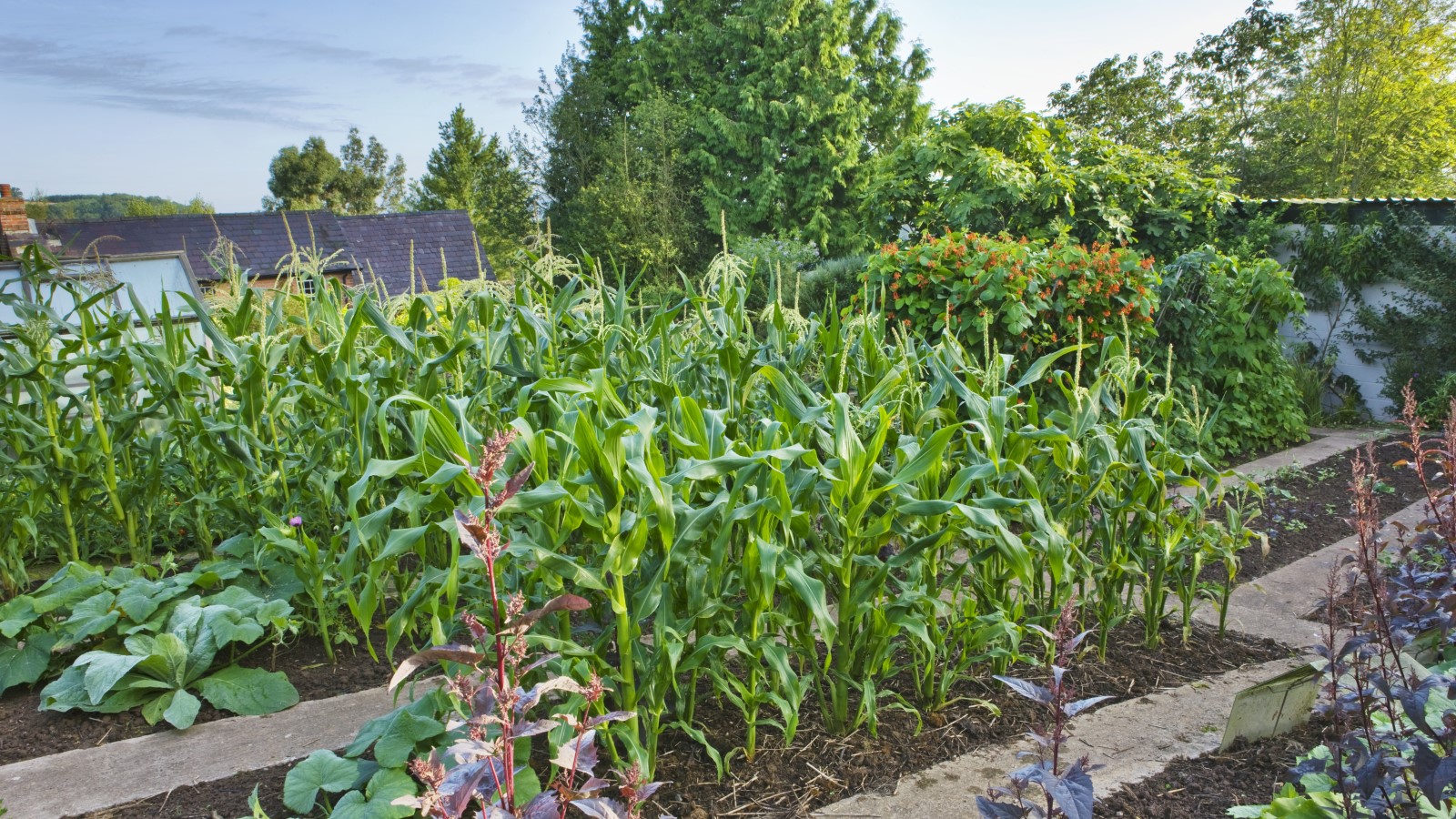 7 of the best vegetables to plant in April, with sowing tips from an experienced grower for bumper harvests
7 of the best vegetables to plant in April, with sowing tips from an experienced grower for bumper harvestsFrom broccoli to zucchini, April is a fantastic time to plant a wide range of vegetables
By Drew Swainston Published
-
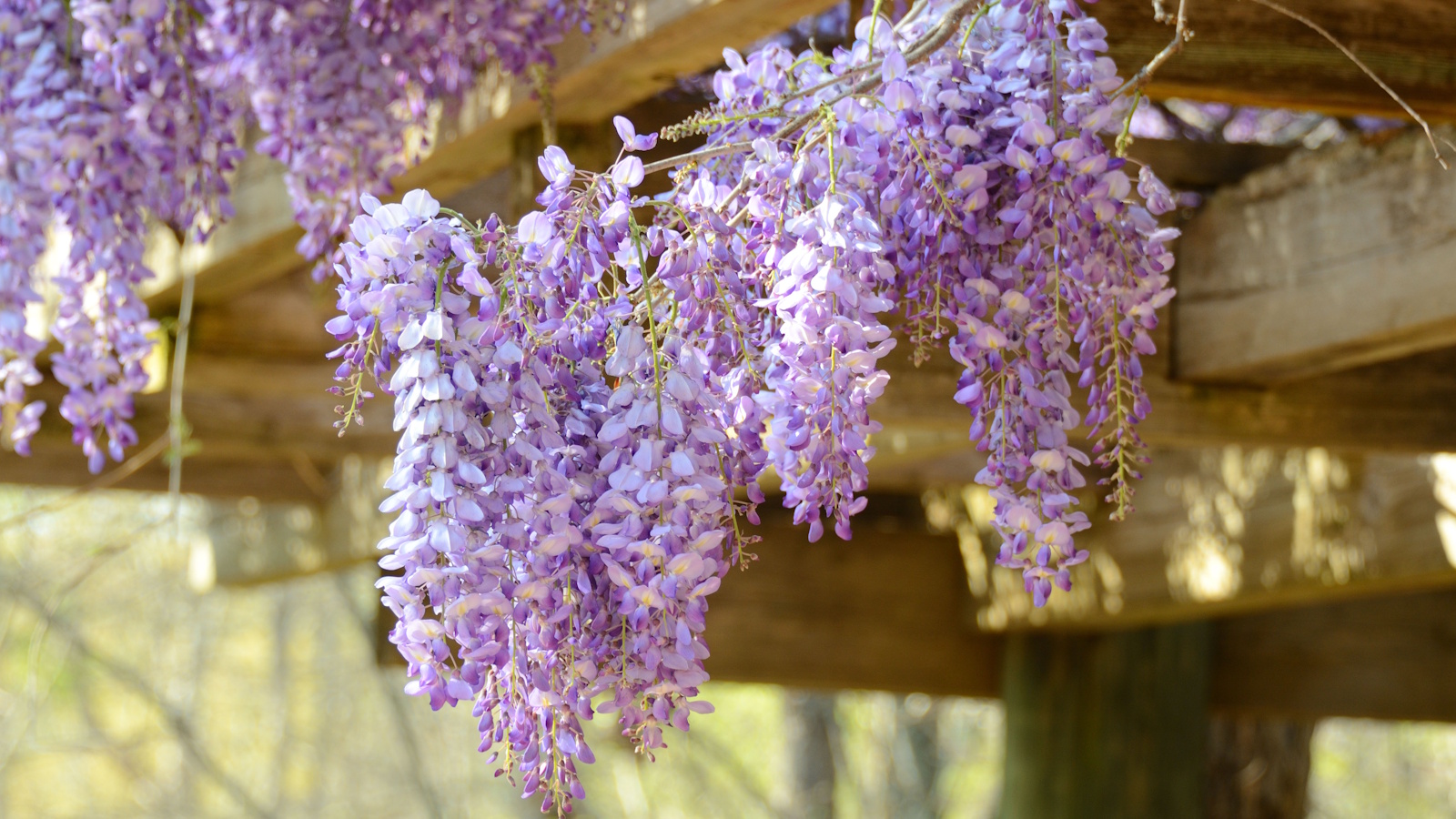 Best fragrant spring-flowering perennials – 5 charming choices to infuse delightful scent in your yard this season
Best fragrant spring-flowering perennials – 5 charming choices to infuse delightful scent in your yard this seasonSpring is full of so many beautiful aromas, uplifting our yards and making them an even more pleasant place to be
By Tenielle Jordison Published
